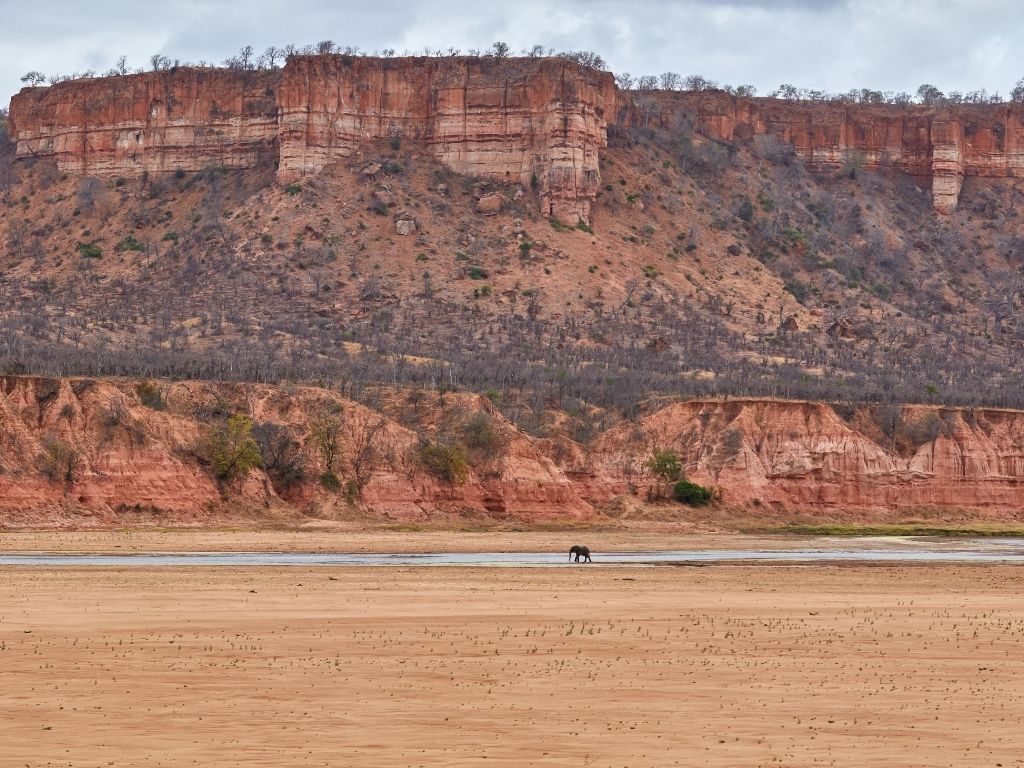If you are looking for charm and fun all wrapped up in one then Gonarezhou National Park should be your top choice. This beauty forms part of the Great Limpopo Transfrontier Park. This larger park links Gonarezhou, Kruger National Park, and Limpopo National Park.
Gonarezhou National Park is a genuine wilderness area filled with robust beautiful landscapes and exceptional wildlife. As the second-largest park in Zimbabwe, Gonarezhou holds its own. It’s in the same league as national greats, such as Mana Pools and Matobo National Park.
Let’s take a trip and explore the wonders of Gonarezhou National Park.
Gonarezhou’s Troubled History
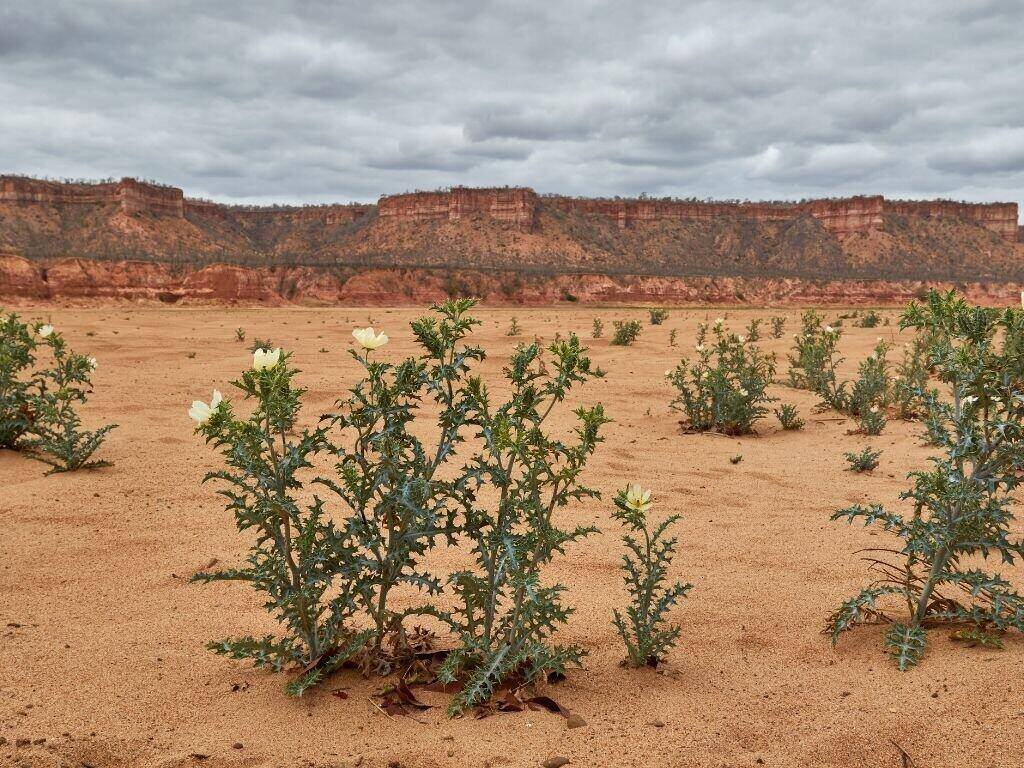
You might be interested to know that such a stunning place has a chequered past.
In 1968, the Shangaan people living in the reserve were forced to move out to allow tsetse fly control. This was to protect the area’s animals and people. These flies transmit sleeping sickness in humans and a similar deadly disease called nagana in domestic animals
The area was designated a national park in 1975. However, Gonarezhou soon became involved in both the Zimbabwean and Mozambican civil wars. Unfortunately, as a result, many animals suffered as they got caught in the hostile crossfire.
Following Zimbabwe’s independence in 1980, the Shangaan wanted to return to their homeland. They were refused as the government had set its sights on conserving the park.
Regardless, many went back. Poaching became rife and battles with rangers were frequent.
Gonarezhou Conservation Trust

The Gonarezhou Trust is an innovative new model geared towards protected area management. In recent years, the park has reaped the fruits of a long conservation initiative.
The Zimbabwe Parks and Wildlife Management Authority (ZPWMA) and Frankfurt Zoological Society have been directly responsible for the park for 20 years. The ZPWMA is the same authority responsible for the Matusadona National Park, situated on the southern shore of the immense Lake Kariba.
These two partnering authorities are responsible for all aspects relating to the protected area’s management. The partnership aims for Gonarezhou to become more financially self-sustainable so that it can continue to welcome safari enthusiasts for years to come.
Their chief goal is to secure the long-term conservation of this extremely scenic park. The ground-breaking partnership is considered to be a new frontier in wildlife conservation.
Scenery In Zimbabwe’s Second Largest National Park
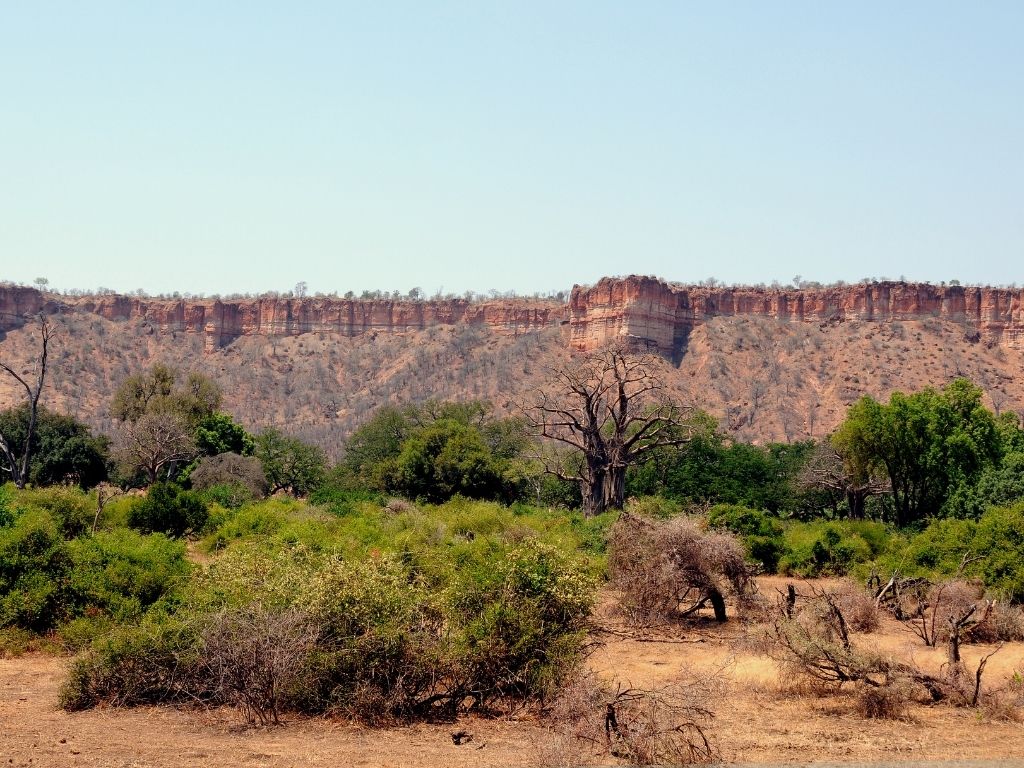
By far, the most well-known feature of the park is the iconic Chilojo Cliffs. These sandstone cliffs tower 590 feet (180 metres) high and run for 12.42 miles (20 km) along the bank of the Runde River.
Two large natural pans, Tembwehata and Machaniwa, lie in the north of the park. The pans are formed at the junction of the Save River and Runde River. These naturally-formed wonders are just some of the joys you can look forward to while exploring this natural treasure chest.
Despite its magnificence, very few visitors make the journey to Gonarezhou. Luckily, that is quickly changing as the national park represents an incredible story of regeneration, conservation, and hope for local communities.
Gonarezhou National Park: Experience Endangered Wildlife
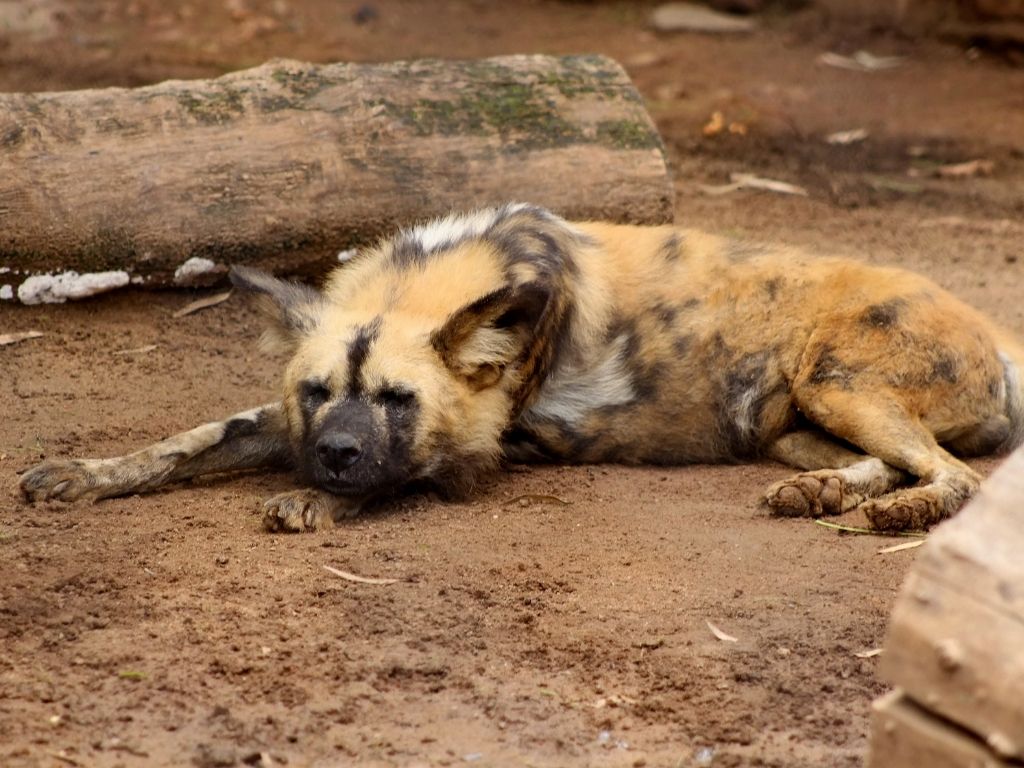
The name given to the park means “place of elephants” in Shona. A suitable name for a reserve that’s home to almost 11 000 large mammals.
Gonarezhou is extremely appealing to wildlife fans as it hosts many strange and incredible species. Crocodiles and hippos can be seen lazing and wallowing in the Save and Runde sand river systems. And, the park’s forests are home to over 150 mammal species.
Everything from dancing impala, odd-looking wildebeest, squat warthogs and dazzling zebra to lofty giraffe, large-chested eland, mighty buffalo and, of course, huge herds of elephants.
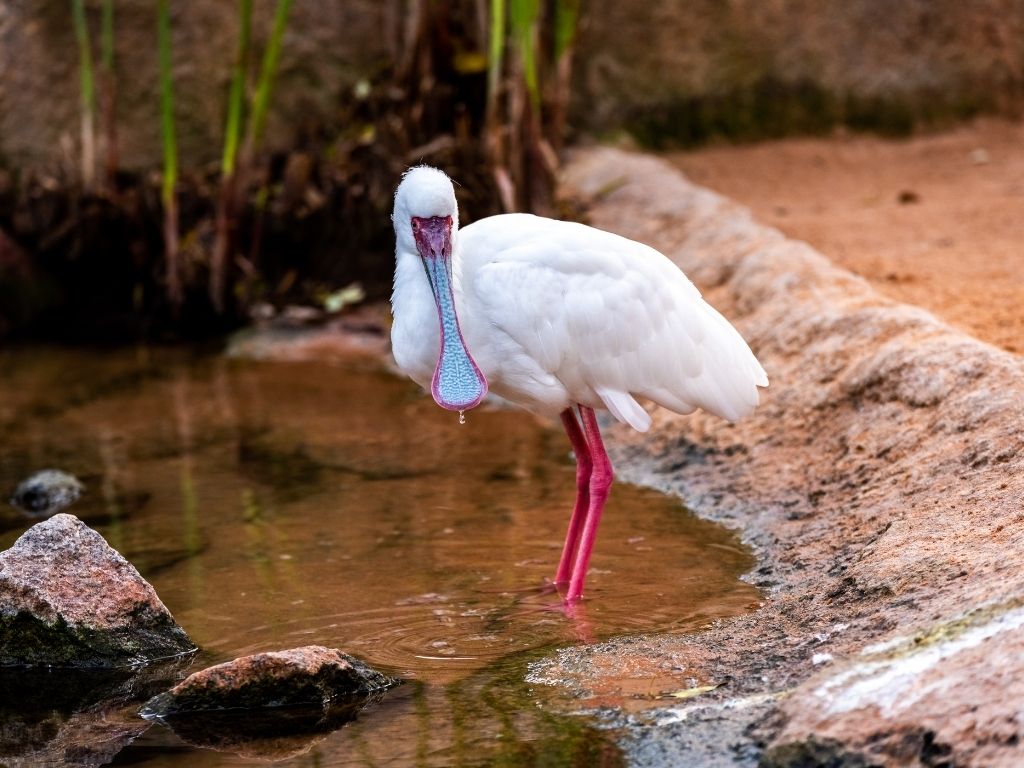
After nearly 30 years, the critically endangered black rhinos are being re-introduced into the park. With guidance from experts, these majestic beasts have been recently relocated from three source populations within Zimbabwe. This is a huge win for conservationists and the public who can now experience these animals in the flesh.
If bird watching is your thing, 400 bird species make the park their habitat. Amongst them are African fish eagles, spoonbills and Pel’s fishing owls.
The Tembwehata Machaniwa pans are both classed as important birding areas. A game drive here means you can view a sensational variety of birds while exploring this untouched Eden.
Where To Stay

The park has fabulous campsites for self-drivers. Accommodation ranges from wild camping areas where the only ablution facility is a long-drop toilet to en-suite tents complete with kitchens and sleeping quarters.
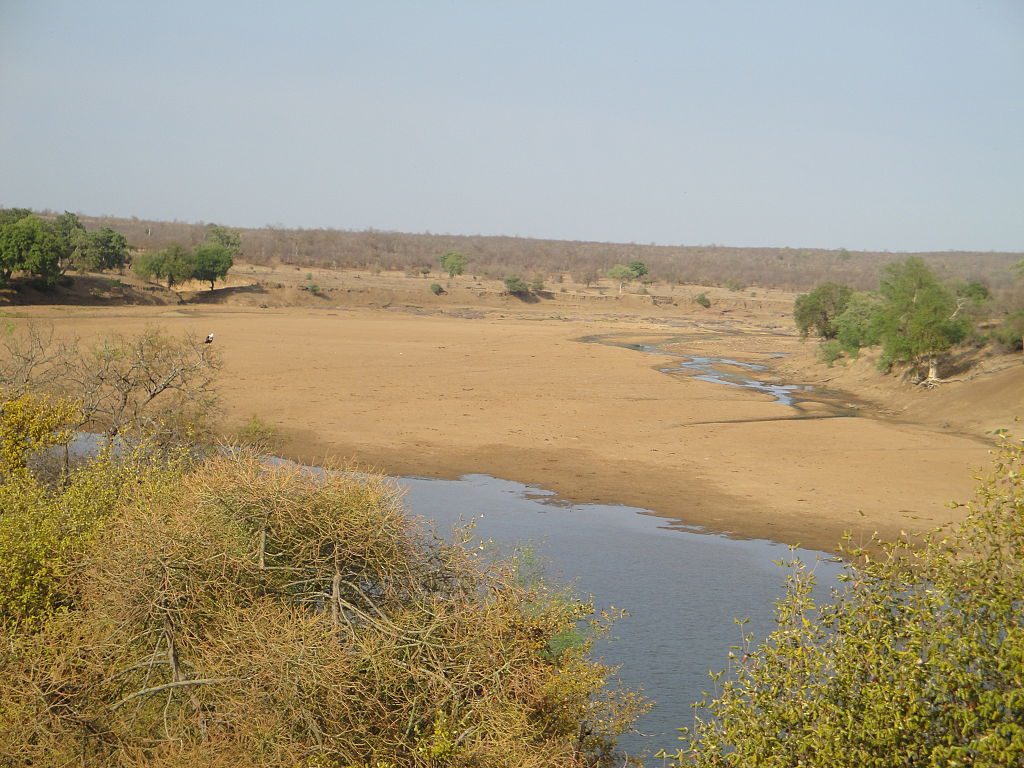
The campsites are built and run by local women using indigenous resources. They are built to replicate traditional homes with communal kitchens and dining areas.
For those who really crave a lodge experience, one can be found in the Mahenye village. High on a cliff, the lodge looks down onto a spectacular gorge and the Save River.
The lodge staff are mostly local and the community receives a percentage of its income. A brilliant way for the luxury facility to give back.
A Quest Awaits You
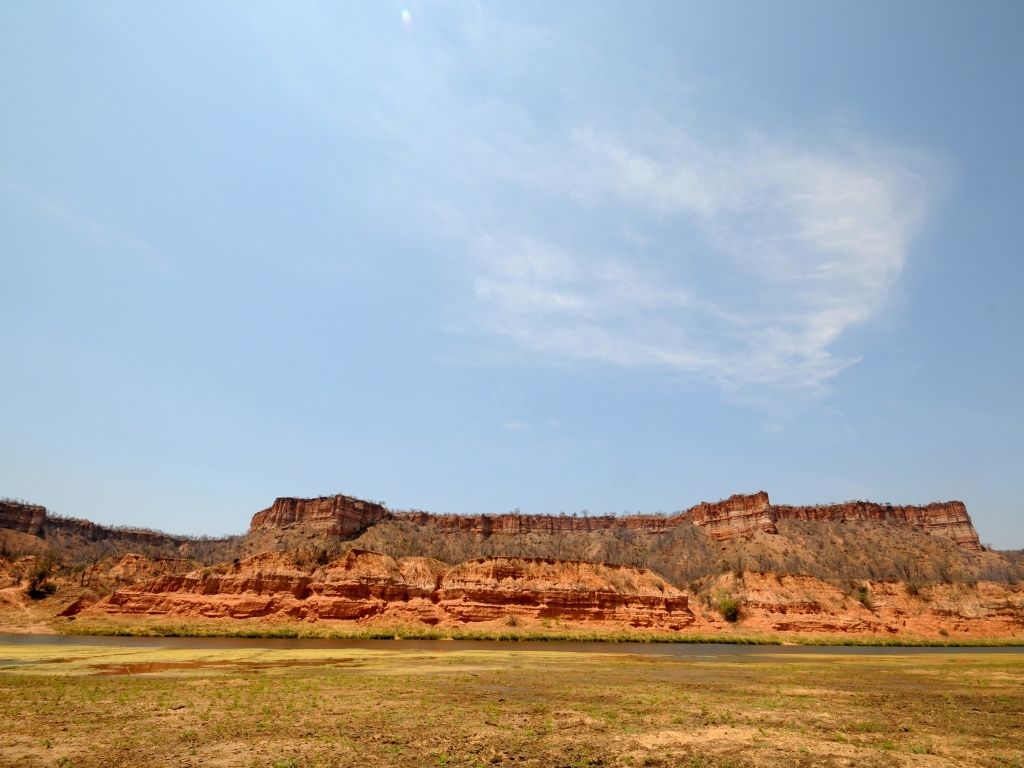
If you’re looking for inspiration for your next travel destination, there is no better place to start than Gonarezhou. Witness a piece of history, touch base with the locals, and take in some out-of-this-world sights.
Come and explore the national parks that are the backbone of Zimbabwean tourism. Book a trip and visit the fantastic Gonarezhou National Park!
